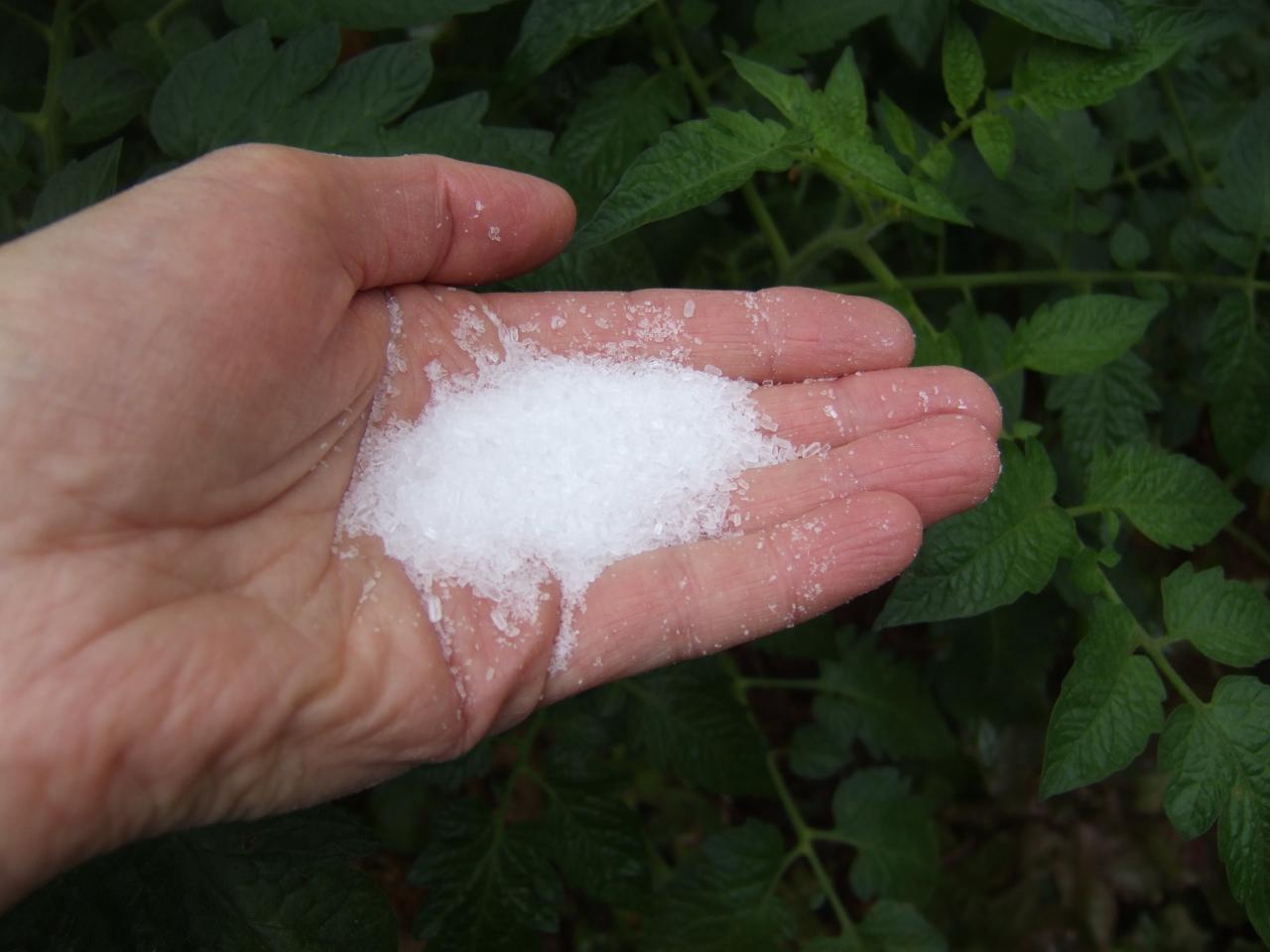Find Out About the Details Plants That Are Detrimentally Impacted by Epsom Salt Application
Epsom salt, a preferred house remedy for numerous horticulture troubles, is commonly commended for its useful effects on plant development. Nonetheless, not all plants respond positively to its application. Comprehending the specific plants that can be detrimentally impacted by Epsom salt is crucial for any gardener wanting to maximize their plant care regimen. Roses, tomatoes, azaleas, peppers, and rhododendrons are simply a couple of examples of plants that might not react well to Epsom salt. The factors behind these unfavorable results and how to mitigate them are vital understanding for keeping a thriving yard.
Roses

Roses, especially conscious changes in their atmosphere, can be negatively impacted by the application of Epsom salt. While Epsom salt is frequently utilized as a plant food to advertise plant growth and boost blooming, roses are one of the plants that do not react well to its application. The high magnesium material in Epsom salt can hinder the uptake of various other vital nutrients by the rose plants, leading to shortages that materialize as yellowing leaves or stunted development.
:max_bytes(150000):strip_icc()/GettyImages-1317990269-f9c37b77324f4095b1916657ff7b26fb.jpg)
Tomatoes
While Epsom salt is typically touted as a remedy for various plant issues, including bloom end rot in tomatoes, its application can lead to detrimental end results if not utilized judiciously. Excessive Epsom salt, which is magnesium sulfate, can disrupt the delicate nutrient balance required by tomatoes, potentially leading to deficiencies in various other crucial nutrients like calcium. When taking into consideration the usage of Epsom salt on tomatoes, it is vital to adhere to suggested application rates and dirt screening to stop unintentional consequences on the total health and wellness and productivity of these precious yard plants.
Peppers
Peppers, admired for their numerous shades and levels of spiciness, can show sensitivity to unfavorable impacts from Epsom salt when not used with care and factor to consider for their particular dietary requirements. what plants don't like epsom salt. Peppers, coming from the Solanaceae family members, call for a delicate balance of nutrients to grow. While Epsom salt is recognized to increase magnesium degrees in plants, excessive application can interrupt this equilibrium, bring about unfavorable results on pepper plants
When peppers are exposed to high degrees of magnesium from Epsom salt, it can conflict with the plant's ability to absorb other necessary nutrients like calcium and potassium. This imbalance might show up in symptoms such as fallen leave staining, stunted growth, and minimized fruit production. Furthermore, the extreme magnesium can modify the dirt pH, further exacerbating nutrient uptake issues for peppers.

Rhododendrons
Given the sensitivity of particular plant varieties to discrepancies created by Epsom salt, it is important to take into consideration the effect on Rhododendrons, which additionally call for particular nutrient levels to flourish. Rhododendrons are acid-loving plants that like acidic dirt conditions with a pH variety in between 4.5 and 6.0. Epsom salt, chemically called magnesium sulfate, can modify the dirt pH and disrupt the delicate balance of nutrients read this article vital for Rhododendron health and wellness.

To read review maintain the optimal growth and wellness of Rhododendrons, it is important to avoid the unplanned usage of Epsom salt and instead concentrate on supplying the particular acidic dirt conditions and nutrients that these plants require for prospering.
Azaleas
Azaleas, recognized for their vibrant flowers and wide variety of colors, are decorative bushes that belong to the Rhododendron category. These popular blooming plants are frequently found in landscapes, gardens, and parks due to their appeal and flexibility. Azaleas are delicate to modifications in dirt pH levels, which can significantly affect their growth and total health and wellness. While Epsom salt is commonly used as a remedy for magnesium shortage in plants, its application to azaleas can have damaging impacts.
Azaleas prefer slightly acidic soil conditions, and an unwanted of magnesium from Epsom salt can disrupt this balance, leading to nutrient discrepancies and prospective Full Report toxicity problems. The inaccurate application of Epsom salt can result in stunted growth, yellowing of leaves, and total decrease in the wellness of azaleas.
Verdict
To conclude, it is very important to be knowledgeable about the certain plants that can be adversely impacted by the application of Epsom salt. Roses, tomatoes, peppers, azaleas, and rhododendrons are some instances of plants that may not benefit from Epsom salt and could even endure injury. It is essential to research study and understand the requirements of each plant varieties before making use of Epsom salt as a fertilizer to guarantee their health and health.
Understanding the certain plants that can be detrimentally impacted by Epsom salt is vital for any garden enthusiast looking to maximize their plant treatment routine. While Epsom salt is typically utilized as a plant food to advertise plant development and enhance flowering, roses are one of the plants that do not respond well to its application.Excessive use of Epsom salt can likewise result in a build-up of salts in the dirt, leading to root damage and dehydration of the rose plants. While Epsom salt is recognized to boost magnesium levels in plants, extreme application can disrupt this balance, leading to negative results on pepper plants.
The high salt web content in Epsom salt can likewise dehydrate Rhododendron roots, triggering further stress and damage to the plant. (what plants don't like epsom salt)
Comments on “What Plants Don't Like Epsom Salt and also Their Alternatives”